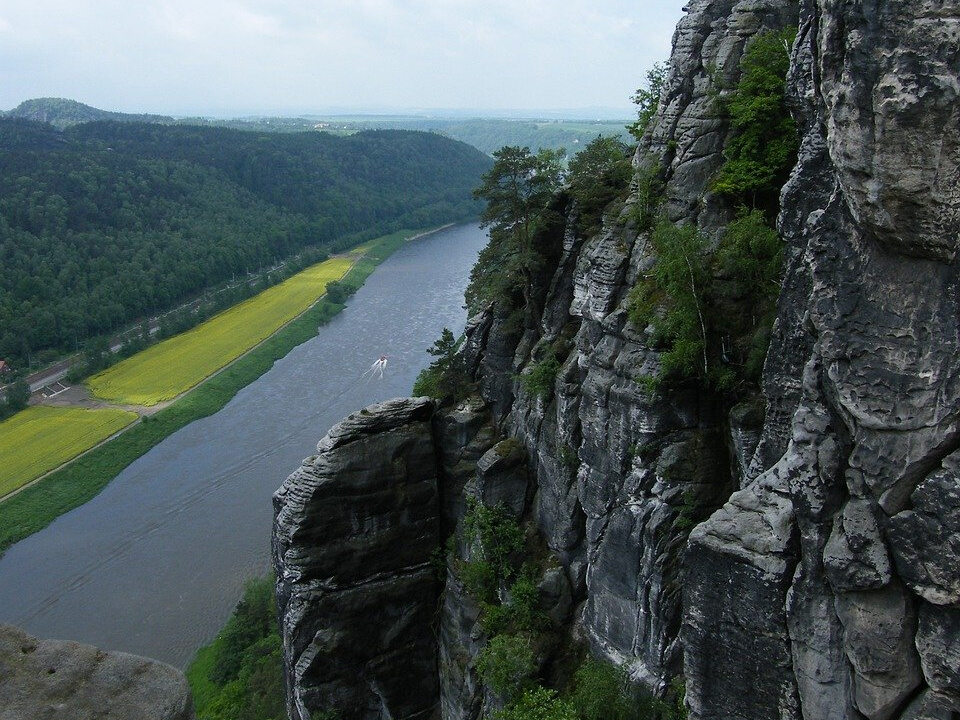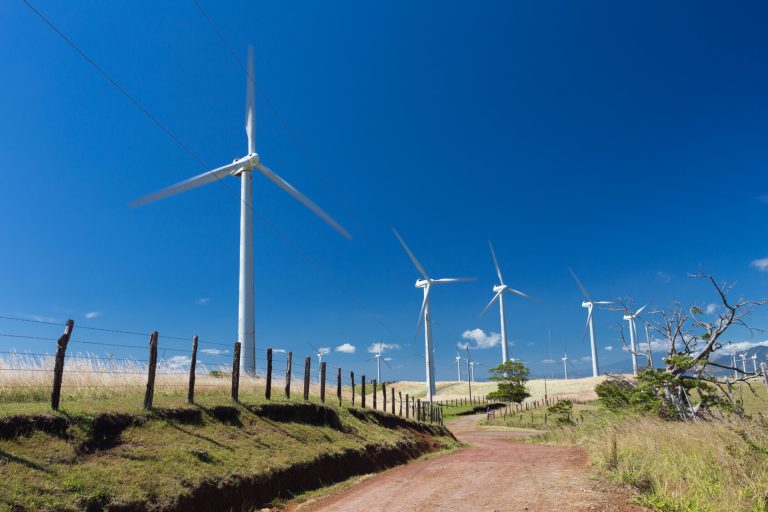“Hunger stones” revealed in Germany. This is a sign of difficult times

Falling water levels in rivers in Germany expose the so-called hunger stones. As the name suggests, they announce drought and harder times to come.
There is a drought on our western border, which has exposed “hunger stones” on the Elbe. The river flowing through the Czech Republic and Germany revealed the oldest hydrological monuments in Central Europe, on which the dates of previous disasters of this type were engraved.
Interestingly, the German newspaper “Sachsische Zeitung” writes about many new, previously unknown stones that scientists and historians have not yet managed to describe. This means that the current drought is much stronger than the previous one, which was recorded in this region in 2018.
The oldest decipherable inscription on the “hunger stone” on the Elbe dates back to 1616. It was engraved in German: “When you see me, cry.”
An even older stone was found in the Czech part of the Elbe. However, the sign dating from 1417 is almost illegible. It was supposed to be destroyed by the anchors of river ships mooring to the shore at this point.
“Stones of Hunger”: A warning or a tourist attraction?
The “Stones of Hunger”, which for hundreds of years served as a warning to local residents, today have become partly a tourist attraction. With the development of technology and modern methods of predicting rainfall or measuring water levels in rivers, there is no longer any need to resort to these ancient methods.
In addition to “hunger stones”, more dangerous finds can also be found in rivers at low water levels. In 2018, several dozen unexploded bombs from World War II were discovered in the Elbe. These included: mines, grenades and other explosives. The sappers secured and detonated them because they were still working after all these years.
Droughts are an increasing problem of our times
The UN Convention to Combat Desertification predicts that by the end of 2030, droughts may force up to 700 million people to migrate. By 2050, this number would increase to 5.7 billion. Since 2000 alone, the frequency and duration of drought periods on our planet have increased by approximately 29%.






